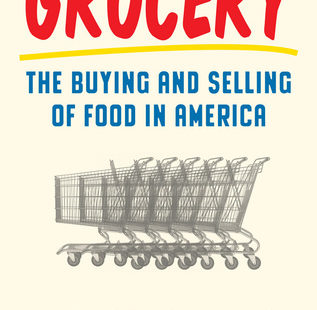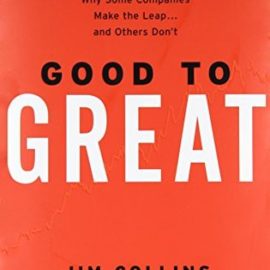Disclosure: I may earn affiliate revenue or commissions if you purchase products from links on my website. The prospect of compensation does not influence what I write about or how my posts are structured. The vast majority of articles on my website do not contain any affiliate links.
Grocery: The Buying and Selling of Food in America by Michael Ruhlman
Rating: ★★★★★
Date Finished: December 31st, 2017
Reading Time: Two days
Grocery was the last book I read in 2017 and it was a formidable contender for top quartile of books that I read overall. I’m not sure what to do with the information I gleaned aside from trying to make my trips to Whole Foods faintly diabolical. “Do you know why the salad bar has the glass covering? It’s a sneeze guard you clown!” My friends already hate to eat with me because I’m one of those people who writes Yelp reviews. But I myself don’t like to eat with Yelpers because they write Yelp reviews. So I mostly eat alone.
I have unorthodox ideas about diet and nutrition stemming from the fact that I eat 3000 calories a day and struggle to gain weight even during periods of pronounced sloth. I also end up buying a lot of oddities at the grocery store because cool labels and asymmetrical pomes and drupes grab my attention.
Far from being the central thesis of Grocery, Michael Ruhlman calls out most of the most absurd dieting myths. For one, salt isn’t a problem–sugar is. In fact, the earliest studies connecting sodium intake with poor health were promoted by those with a financial interest in protecting sugar from public scrutiny. What a con! This is why some of my grandmother’s cooking is unpalatable!
Also, there are the notions of nutrition and healthiness and what these terms really mean. Nothing much, it turns out. The granola bar you eat is terrible for you because of all the sugar and processed (stripped) grains it contains (which your body converts to sugar).
Additionally, of note, the author visits a massive tract of land used to raise free-range lambs and has an adorably-hard time finding the lambs. Also, there’s a neat biography of Clarence Birdseye, the grandfather of frozen food (also featured in How We Got to Now). Each time I read about him, the legend grows.
This is a spectacularly interesting book with plenty of morsels for you to enjoy. But what makes this book jump from good to great is that the author managed to wrap the central story in a narrative of the midwestern small town and a beautiful tribute to his father.
See this review and others on Goodreads.com




